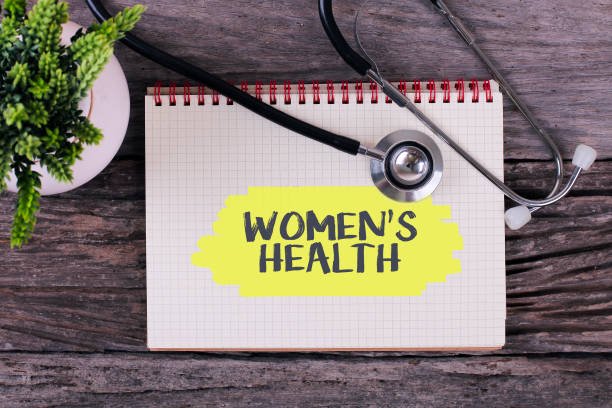Women and Health; Uterine Prolapse
As an aspiring gynecologist, I can't help but notice the everyday problems women are faced with in this environment, this environment being sub saharan Africa, Nigeria to be precise.
The woman is faced with so many challenges, her social challenges transcends to be her medical predicament. What do I mean? The general standard of living for women in Africa is undoubtedly poorer than anywhere else in the world. To start with, as a growing child, the girl child isn't adequately educated because of her perception by the community, which results in poor health seeking behavior. The woman with a medical condition would rather stay back hoping the disease subsides or sees an unqualified personnel who usually doesn't have the necessary skills to help her.
But let's talk about what is bothering me, Uterine prolapse. Other than the medical implications of uterine prolapse, the social consequences are quite dire. The patient may end up being an outcast in her community and a lot of cases end up in broken marriages and families. The woman may then tends towards options she'd rather not take like prostitution since she's been pushed to the wall.
Introduction.
Genital prolapse is the downward displacement of the uterus or cervix through the vagina. Its as a result of weakness of the uterine support.
Epidemiology.
It is more commonly seen among women aged above 54 years of age, it is one of the most common reasons for undergoing a hysterectomy.
Aetiology.
It could be congenital, where there is weakness of uterine support from birth. Or it could be acquired. This is the more common case. Conditions that could result in weakening of the uterine support include;
• Repeated childbirth
• Difficult labour
• Instrumental deliveries
• Macrosomia(big baby)
• Perineal tears
• History of pelvic surgery
• Post menopausal atrophy
• High body mass index
• Chronic increased abdominal pressure; chronic cough, long history of farming and heavy load carrying.
This is why it's important to educate and properly cater for the girl child.
Classification.
For simplicity, genital prolapse can be classified into 3 types;
• First degree; the cervix is still within the vagina
• Second degree; the cervix is at the vagina introitus
• Third degree; the cervix extends beyond the vaginal introitus
Symptoms.
Some of the symptoms seen in genital prolapse include;
• Feeling of pressure in vagina
• Feeling of something coming down the vagina
• Urinary incontinence
• Urinary frequency
• Urinary urgency
• Lower back pain
• Difficult sexual intercourse
• Constipation
Diagnosis.
Diagnosis is done clinically by confirming the symptoms and by performing pelvic examinations.
An ultrasound scan or an MRI may be helpful in accessing the level of severity.
Treatment.
Treatment options include;
• Non-surgical approach
- Pelvic floor exercises for younger women- kegel's exercises.
- Vaginal pessaries for older women.
• Surgical approach - Manchester repair.
- Colpocleisis
The above are not definitive treatments and reoccurrence is a likelihood. The definitive treatment for genital prolapse is Hysterectomy with pelvic floor repair.
Prevention.
• By performing Kegel exercises regularly and correctly, the pelvic floor is strengthened and the incidence of prolapse is reduced.
• Preventing and treating risk factors such as constipation.
• Avoid heavy lifting or using correct body mechanics whenever lifting is deemed necessary.
• Proper management of chronic cough.
• Its important to maintain a healthy weight through a healthy diet and proper exercises.
• Estrogen replacement therapy may be considered during menopause.
• Horse Chestnut, Saw Palmetto, Oats, Equisetum, Elecampane and Couch Grass as well as the Bach Flowers Vine, Oak , Raspberry Leaf, Sweet Chestnut and Hornbeam. Together these herbs work to strengthen muscles and ligaments and support the structures and organs of the pelvis.
Conclusion.
Uterine prolapse is a condition that has serious medicosocial implications as so many of the patients end up losing their homes and marriages. Its incidence can be reduced with proper female education and a better standing of the woman in the community.
